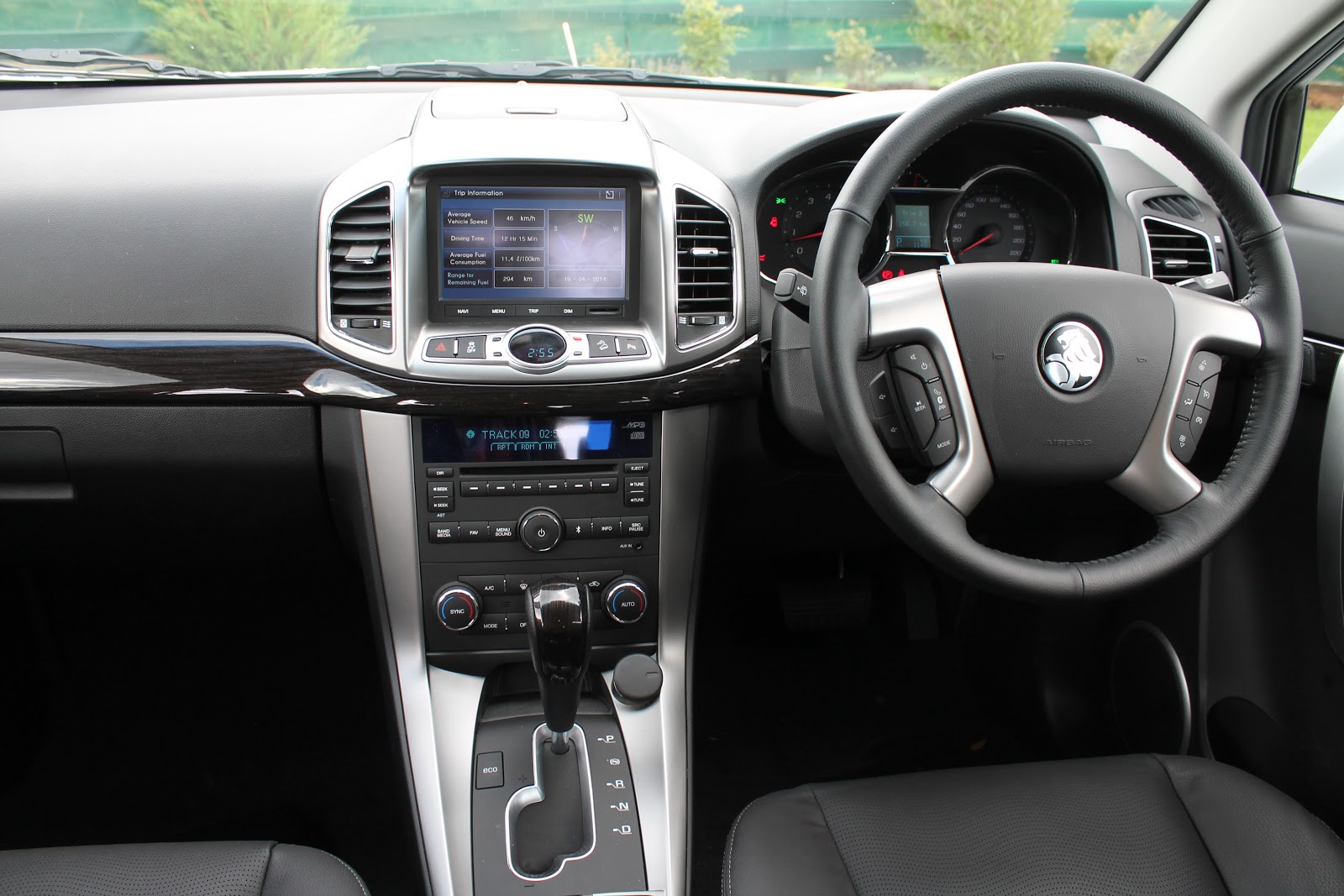We all have our own automotive traditions. For me, it’s spending long weekends away from the big smoke enjoying more interesting parts of the country. After all getting away on a long weekend is always a good thing. Sure the weather won’t play ball, you'll be stuck with family members who generally upset or annoy you, and you'll generally eat and drink far too much and feel remorseful a few hours later.
This particular long weekend road trip away was all of the above except for one big difference; I got to escape the daily grind of Auckland in a Holden Captiva 7.
Having the use of the mid-range Holden SUV was, I have to say, rather useful. With an ex-tropical cyclone bringing the over-hyped destructive weather we were promised (and never received) from cyclone Lusi earlier in the year it proved itself invaluable navigating the storm soaked Coromandel (more on that later).
The Captiva has been a strong seller for Holden in recent years, now plugging the gap between the small urban focused Trax and the large Colorado. Jumping in the leather driver’s seat you can see why.
With a spacious interior including foldaway sixth and seventh seats in the boot - which would be great for the kids, or tall friends who need a bit of road trip punishment - leather seats complete with seat warmers, cruise control and an integrated touch screen media centre, the Captiva is a nice place to find yourself on a long journey.
The only slight annoyance with the interior however was the incredibly bright dash instrumentation - while driving in daylight you’ve got no issue, the screen looks fantastic and it’s incredibly clear, however driving in the pitch black and trying my best to not to send the Captiva off the side of the brilliantly twisty SH25, the dash instrumentation was reflected noticeably in the driver’s window. That normally wouldn't be too much of a distraction, but with the lighting turned down as much as possible it was still brightly lighting the driver’s window. Not helpful when you’re trying to negotiate a tight right hander in the dark.
That said it is the only negative in an otherwise fantastic interior environment.
Externally the Captiva 7 Active is hard to tell apart from the regular LTZ, with subtle differences such as the brilliant white paint on top of gloss black 18inch wheels which gave it an air of glamour compared to lower specified versions.
The Captiva has a few different engine and driveline configurations, with a 2.2 Litre turbo-diesel with 135kw/400nm, 2.4 Litre petrol with 123kw/230NM, and a 3.0 Litre petrol chugging out 190KW/288NM and putting power to the ground via either front wheel drive or all wheel drive.
The Captiva 7 Active Driven tested here had the big 3.0 Litre V6 with all wheel drive.
Having an SUV with AWD on this trip was a godsend, as typically Murphy’s Law came into play and just 2km away from our final destination, we found the road under at least a foot of water, with signs that the water had been much, much higher and with what appeared to be half the Coromandel’s native bush stuck in the fencing lining the road. A rather strong current pushed debris across our path and in my rather tired condition at this point I may have even seen a rubber duck floating across the road, although my partner assures me I saw anything but...
With no low range to speak of - the Captiva after all is angled at the urban family rather than the off road warrior – it was a nerve wracking experience to inch the big SUV into the water with fingers crossed that the road would remain under our wheels and that no debris would come into contact with the brilliant white paint.
 The Captiva’s ride height essentially saved the trip, fording our way through with the water just covering the side boards in the deepest parts of the submerged road.
The Captiva’s ride height essentially saved the trip, fording our way through with the water just covering the side boards in the deepest parts of the submerged road.
With the torrent of water in the rear view we arrived at our thankfully dry destination on top of a hill far away from the flooded river which had blocked our path just minutes before.
A noticeable offshoot of that petrol V6 however is, unsurprisingly, slightly thirsty fuel consumption, with the media centre reporting a best consumption of 11.4 Litres per 100km. I would have preferred to have seen a figure closer to the claimed 10.1 L/100km but for the person likely to buy the seven-seat Captiva, Fuel economy will be slightly down their list with the comfortable seating capacity, great interior space, excellent styling and in the case of the V6, a 2ton (braked) towing capacity, probably placing higher.
With the ability to get you to your destination when a station wagon surely would drown as a bonus the Captiva isn't a bad choice starting at $54,490 if you're after an urban tractor to get the family around.


Comments
Post a Comment